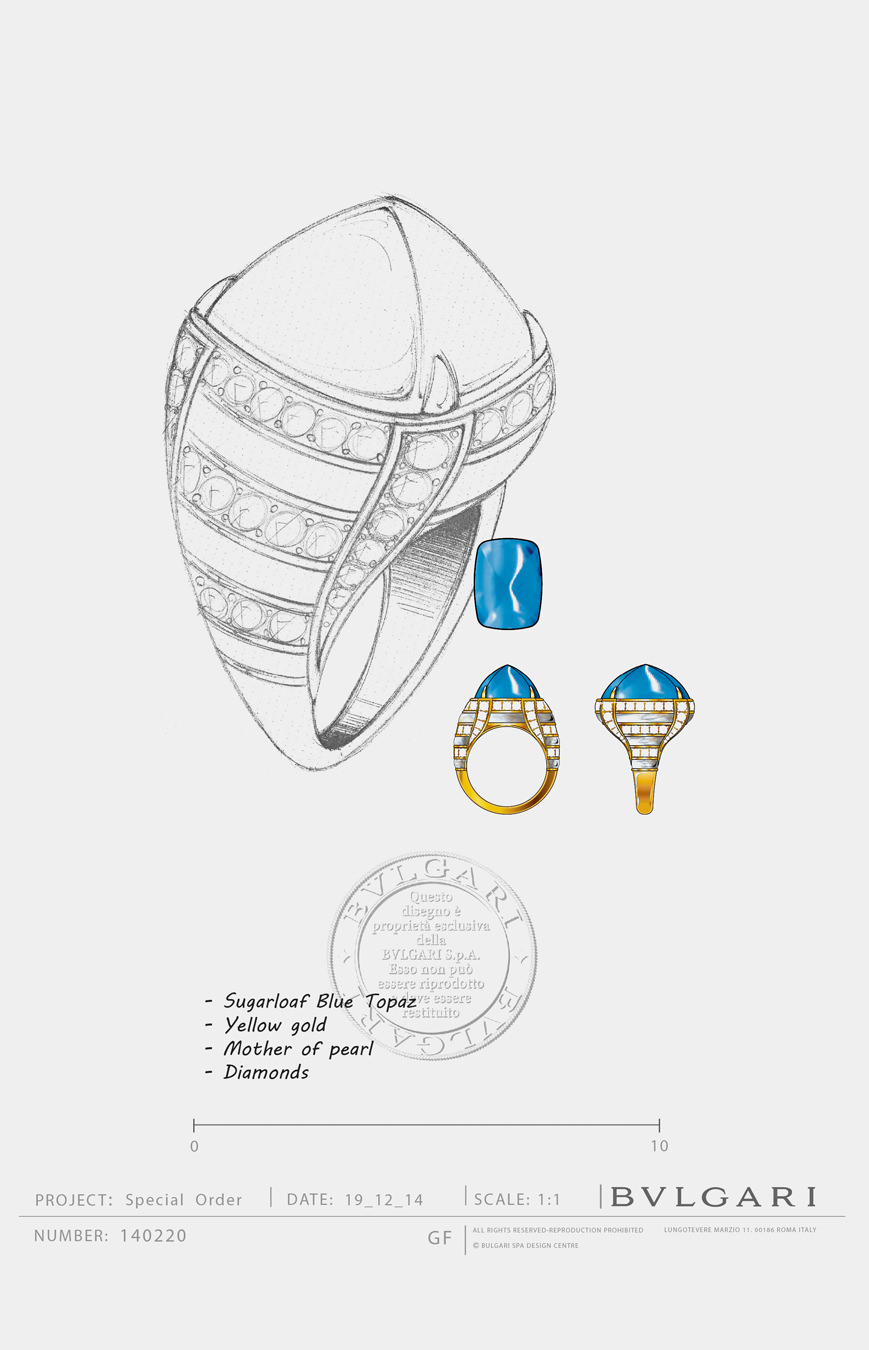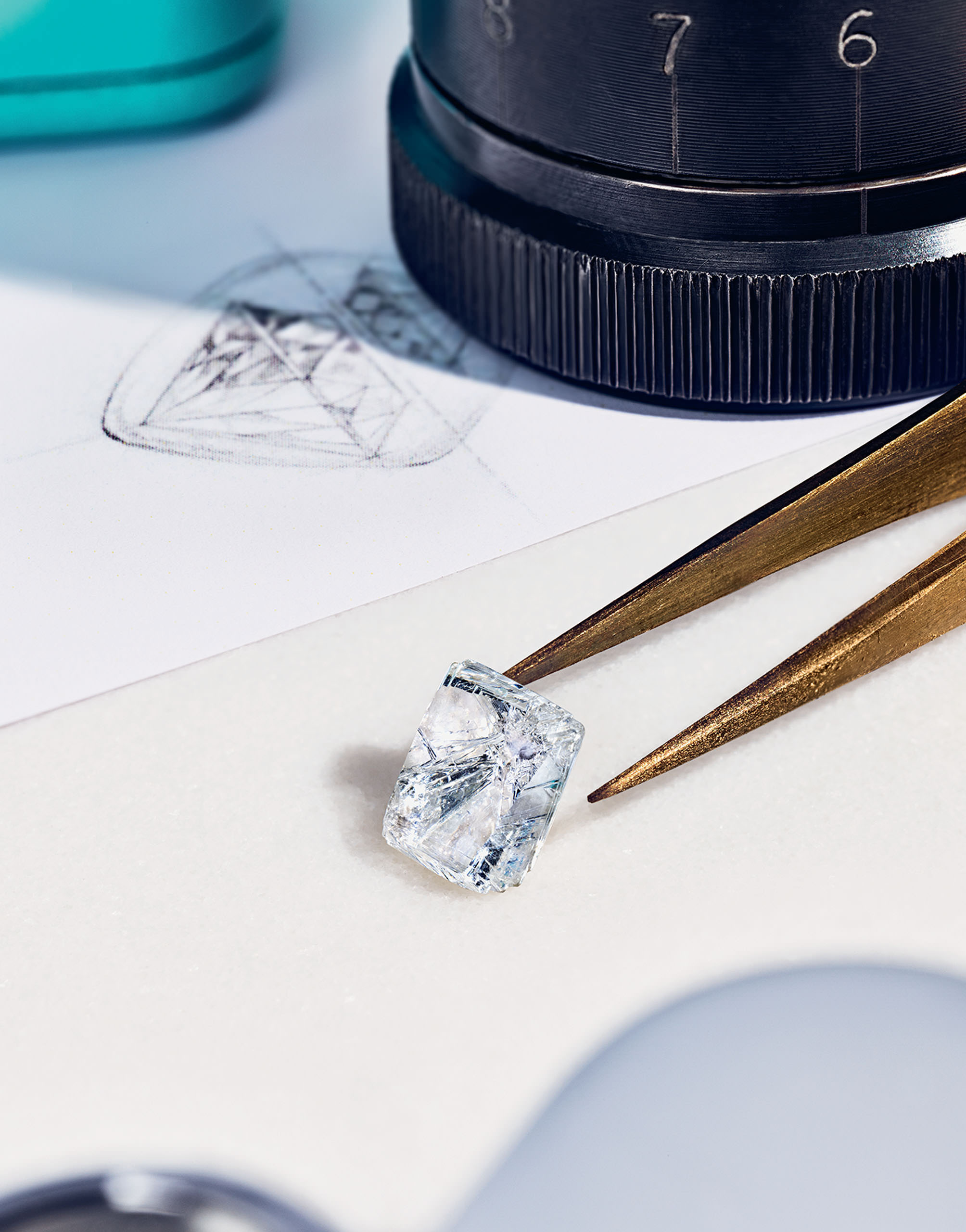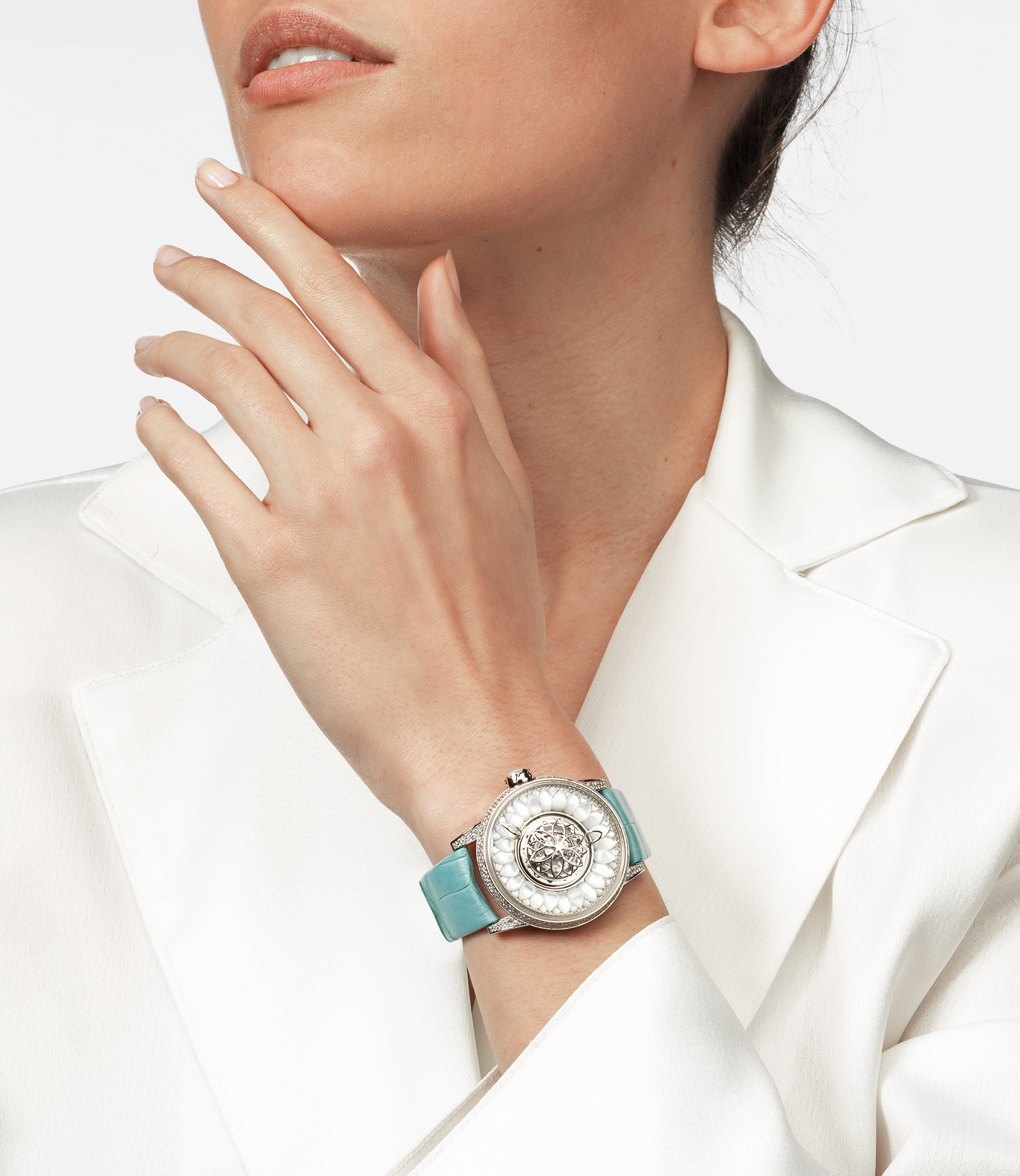The Van Cleef & Arpels Zip Necklace
A jewellery icon.

Wallis Simpson, one of the 20th century’s most audacious and compelling personalities, was never one to shy away from controversy. Following a shocking affair with the Prince of Wales, who became Edward VIII, the twice-divorced American socialite inspired such passion in him that he abdicated the throne in 1936 to be with her. The couple was married in France in 1937, adopted the titles Duke and Duchess of Windsor, and emerged as high society A-listers and enduring fashion icons, celebrated for their modern and daring sense of style.
The duchess counted avant-garde couturier Elsa Schiaparelli among her close friends. Unlike her contemporary Coco Chanel, who took a more practical approach to design, the extravagant Schiaparelli viewed fashion as artistic expression. In 1937, Schiaparelli collaborated with surrealist artist Salvador Dalí to create a gown that came to be known as the “lobster dress”, due to the bright red lobster cascading down the front of the silk organza skirt, accented with sprays of parsley. Famed photographer Cecil Beaton photographed the duchess wearing the bold dress in a prenuptial fashion shoot that ran in Vogue. At the time, the dress raised eyebrows, as Dalí used the lobster as an erotic symbol in his work.
It was in this surrealistic and iconoclastic spirit in 1938 that the duchess approached Renée Puissant, Van Cleef & Arpels artistic director (and daughter of Estelle Arpels and Alfred Van Cleef), with an idea for a high jewellery necklace evoking a utilitarian zip closure. By that time, the zipper—first patented in the late 19th century as a speedier way to close fashionable tall boots—had become ubiquitous and was even used for military boots. The name zipper caught on in the 1920s when the B.F. Goodrich Company used the word to describe the sound the fastener made when closing its popular rubber boots.
The intricate engineering required to create a functioning zipper out of precious metals and gems proved far harder than sketching it on a piece of vellum.
“It’s all about fashion,” says Catherine Cariou, heritage director at Van Cleef & Arpels, of the Zip necklace’s origin. She explains that Elsa Schiaparelli made creative use of zippers and that she and the duchess were close friends, “So I think Schiaparelli inspired the idea of wearing a zipper as a necklace.”
Cariou points out that, like the lobster dress, the idea was over the top. But it was also surrealistic, using the high jeweller’s art and craft to create a precious incarnation of a banal object. “The idea of a zip is to hide something,” adds Cariou. “So the fact that this zip should be seen by everyone is really the opposite of its function.”
The initial gouache (opaque watercolour) rendering of the Zip necklace, in 1938, depicted a lavishly jewelled platinum collar, set with round and baguette-cut diamonds and joined in the front with a gem-encrusted tassel pull. The zipper was to function like the real thing, allowing the wearer to zip it closed to become a bracelet or unzip it to wear as a necklace.
This notion of convertibility is deeply rooted in the culture of the maison, says Cariou. “Since its founding, Van Cleef & Arpels has always created jewellery that is transformable,” she explains. “The Zip can be adapted to the way the client is dressed, to her mood. You can wear it as a bracelet to a restaurant at noon and as a necklace to go to a party at night.”
The zipper was to function like the real thing, allowing the wearer to zip it closed to become a bracelet or unzip it to wear as a necklace.
The intricate engineering required to create a functioning zipper out of precious metals and gems proved far harder than sketching it on a piece of vellum. “Imagine that when you zip up the tassel, all the small teeth must exactly match from the right side to the left side,” says Cariou. “It really is a tour de force.”
The technical challenges explain in part why the design was patented in 1938, but not produced until 1950. It took the jeweller that long to find a workshop with the technical skill capable of producing one. Even the simplest Zip demands at least 400 hours of work, while more ornate styles and special orders can top 1,200 hours. During the 1950s, Van Cleef & Arpels produced only about 80 Zip necklaces. The originals are exceedingly rare and coveted by collectors, resulting in stratospheric prices in the auction market. A diamond-set collier version sold at Sotheby’s in 2017 for 435,000 Swiss francs ($560,750 Canadian), far exceeding the estimate.
While the jeweller has only produced a handful of Zips in platinum with diamonds, it has evolved the necklace through various incarnations, combining different precious metals and gemstones to reflect changing trends. An art deco–inspired design might combine graphic black onyx with white diamonds, while a piece evoking the 1970s could feature coloured hardstones, such as turquoise or coral. “It is important for us to adapt our icons according to our new high jewellery collections,” says Cariou, who notes that each annual high jewellery collection includes a Zip.
More than 700 hours of craftsmanship are required to produce just one white gold Zip Antique Udaipur, with 400 round diamonds and more than 24 carats of blue sapphires.
This year’s Zips include the unique Zip Antique Clochette in rose gold, set with 350 brilliant-cut diamonds and 86 mauve and pink sapphires. Meanwhile, more than 700 hours of craftsmanship are required to produce just one white gold Zip Antique Udaipur, with 400 round diamonds and more than 24 carats of blue sapphires. While the aesthetic details of each Zip may reflect a fashion trend or a high-jewellery motif, the precise construction of the pieces has remained the same. In fact, the same workshop that Van Cleef & Arpels commissioned to produce the first Zip in 1950 continues to craft them today, though it is now under the maison’s ownership.
But whatever became of the Duchess of Windsor’s Zip? “She never wore it,” says Cariou. “She just changed her mind.” The sketch remains in Van Cleef & Arpels’ archive, but according to Cariou there is no paper trail of documents confirming that it was ever made. “It should have been made in platinum and in diamonds, but unfortunately, we don’t know more about it.”
As a discerning trendsetter with her finger on the pulse of the ever-changing fashion zeitgeist, it’s quite possible that the duchess had naturally moved on in the dozen years that had ensued since she first presented her idea for an ornately jewelled zipper. The fact that the Zip would become a Van Cleef & Arpels mainstay for decades to come only serves as proof of her extraordinary vision.
_________
Never miss a story. Sign up for NUVO’s weekly newsletter, here.








